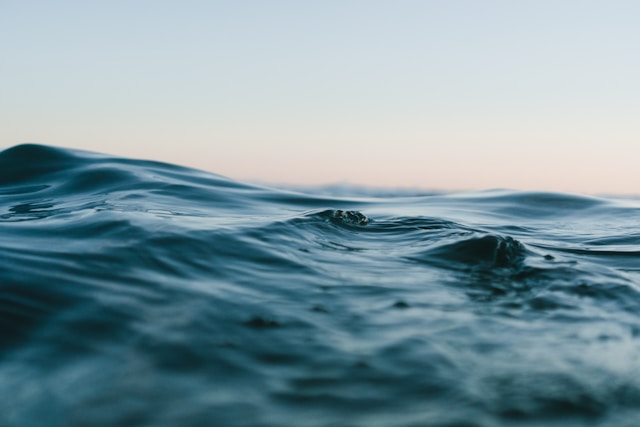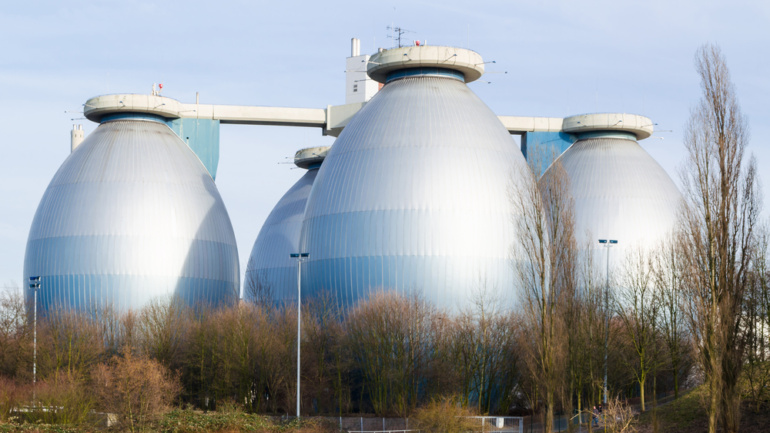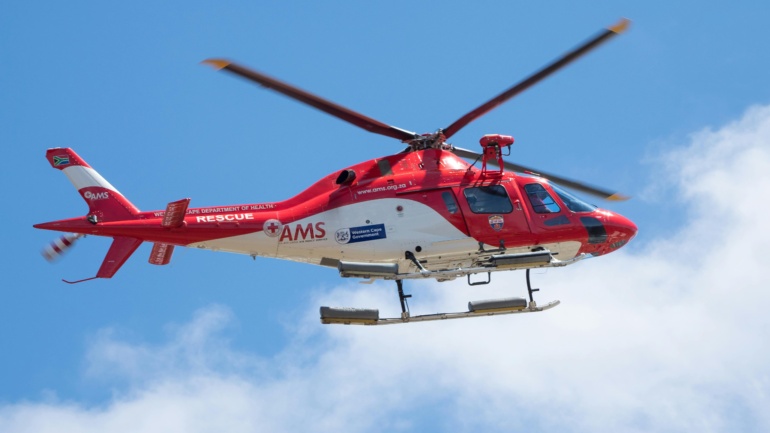By Caroline Majewski, Publishing Associate: Researcher and Writer at Save the Water™ | August 24, 2024
Edited by Joshua Awolaye, Publishing Associate: Editor at Save the Water™
Water filtration has been around for centuries, and as technology advances, so does the reach of its effects. Scientists at King’s College London have developed a new time-variant electrodialysis reversal (EDR) technology. By working with others and building off previous technology, they improved the process of using solar energy for desalination.
Turning Salt Water into Drinking Water
The process these researchers used is called electrodialysis. Electrodialysis is a membrane-based process during which ions are transported through semi-permeable membranes. In this application, the salt is put through a variety of steps:
- Salt is separated from source water with specialized membranes
- Salt ions are sent into a stream of brine
- Drinking water remains
In short, once the salt is removed from the seawater, it creates viable drinking water.
Benefits
One benefit to this system is that it adjusts its approach to the amount of sunshine available. Since it can change how it uses the EDR process, it works without compromising the amount of drinking water produced.
The EDR module uses an electric field to move ions between membrane channels. In this process, that field can be reversed to prevent any build-up on the membrane. Because of this, it’s considered self-cleaning and provides consistent and fast recoveries for the desalinated water.
Other benefits include:
- Higher cloudiness allowance
- Silica flows without impacting membranes
- High recovery equals lower operating costs
- Requires less processing before treatment
In rural areas, the grid infrastructure is either not built or unreliable. Other models use costly batteries or rely on a grid-connected system to supply the energy for salt removal. This new technology bypasses this issue by using something akin to a solar-powered battery. As a result, the combination creates a more reliable application in different parts of the world.
However, although utilizing salt water is a promising solution, there are reliability issues due to salt buildup and discharge treatment.
Application
The scientists first used data gathered from a village in India. After that, they recreated the conditions and settings in a town in New Mexico. They converted enough water for up to 3,000 people a day.
They tested the process in more rural communities and found beneficial results:
- Increased drinking water supply
- Emission-free with contained power source
- Compatible with contaminated water sources
This can help with water scarcity from contamination and other factors. About two billion people face inadequate water supply and drinking water. Almost 4 billion people, two-thirds of the world’s population, experience water shortages for at least one month each year. Moreover, these numbers continue to rise.
Future Potential
Usage in agriculture is also a way this technology can be employed. The hope is that this can be a source of water where there would otherwise be only unstable irrigation reserves. It can also be used in other places to decrease the use of fossil fuels.
Dr. He, one of the scientists at King’s College London, said, “The next step for us is to apply this low-cost technology to other sectors, including wastewater treatment, and producing alkaline to make the ocean more alkaline to help it absorb more CO2 from the atmosphere. By taking this approach not only can we decarbonise agriculture, but wider environmental and climate benefits as well.” (King’s College London, March 2024, para. 19).




